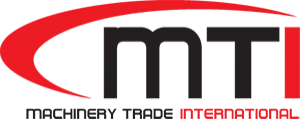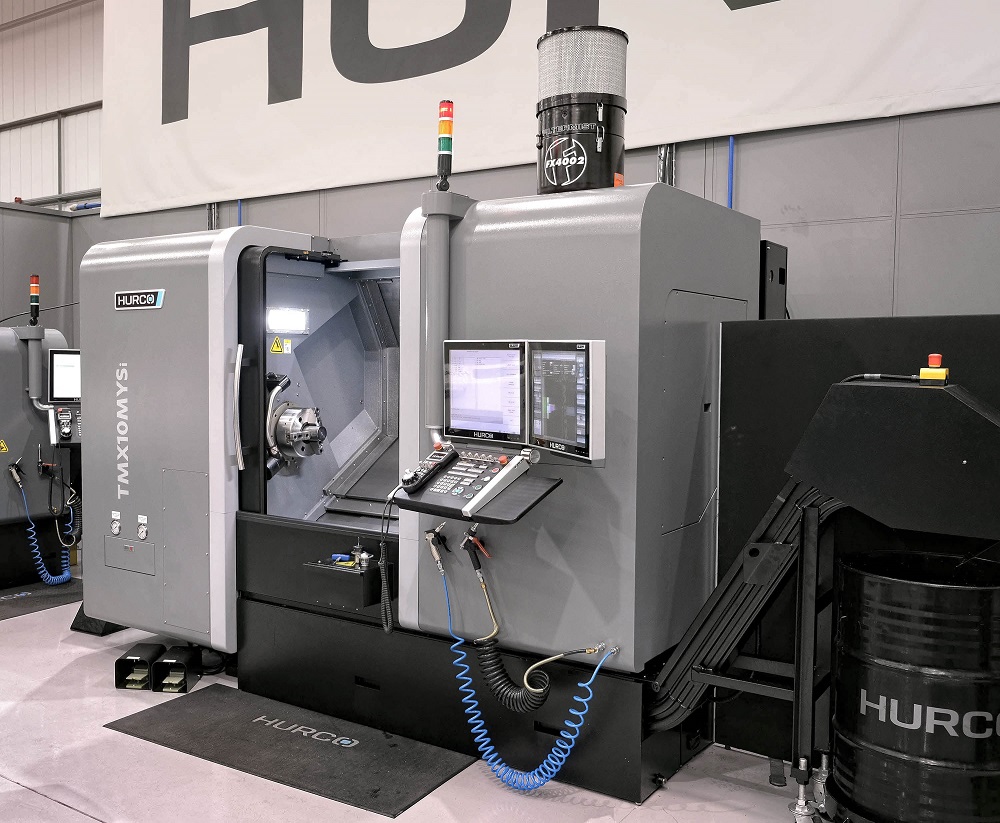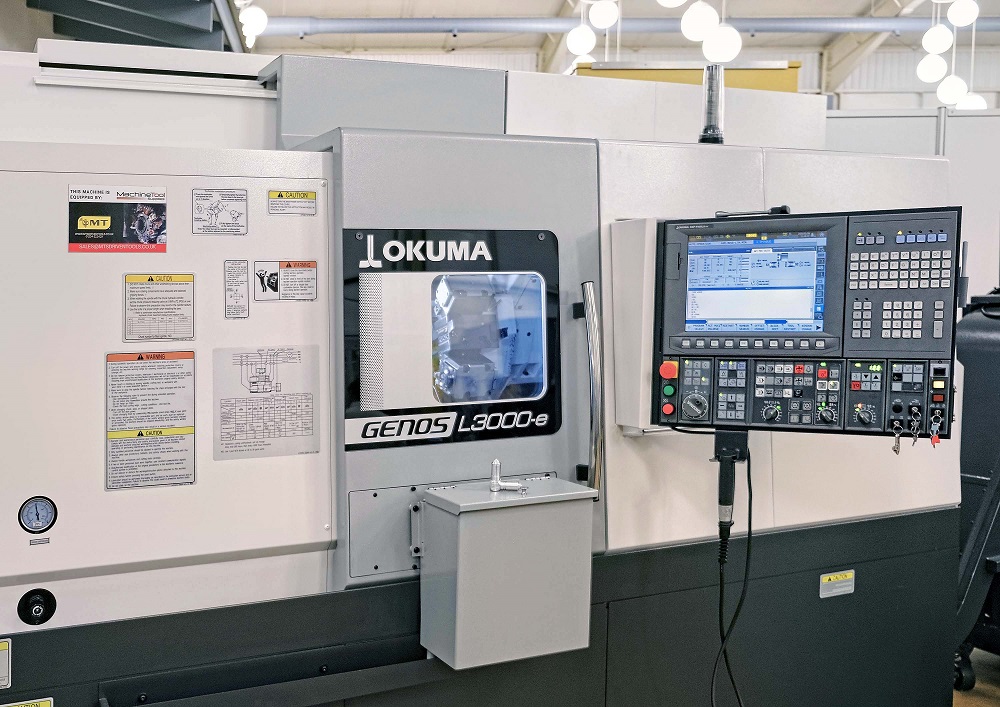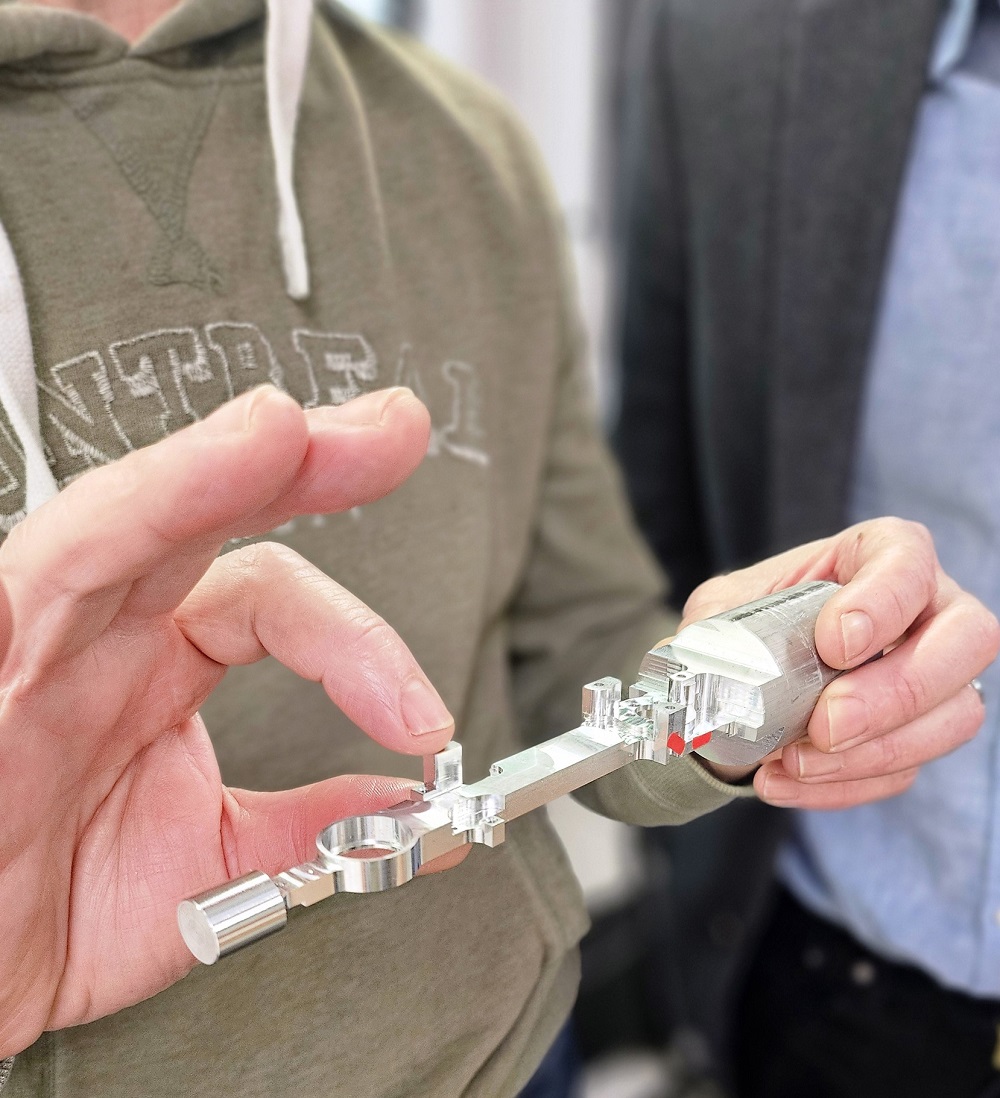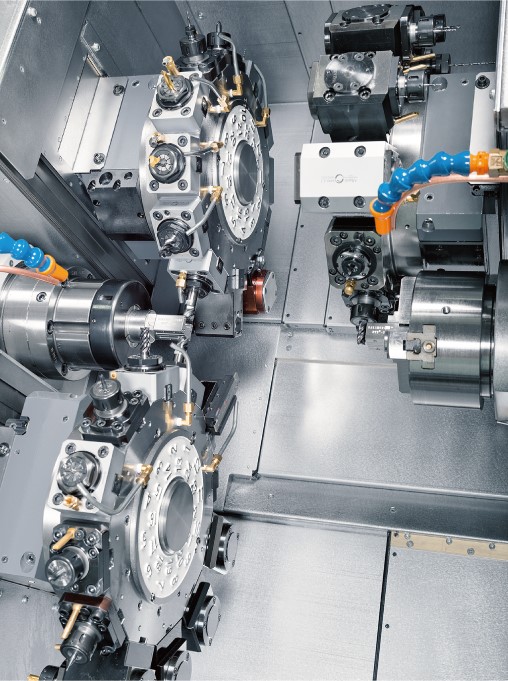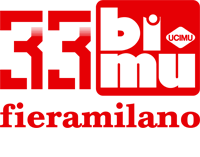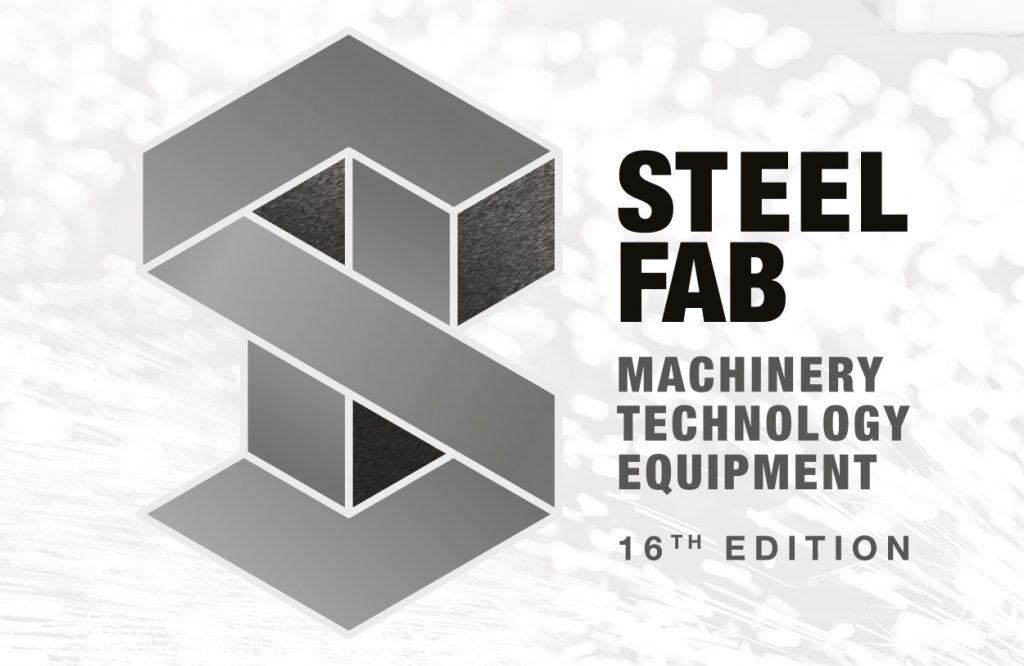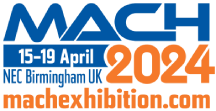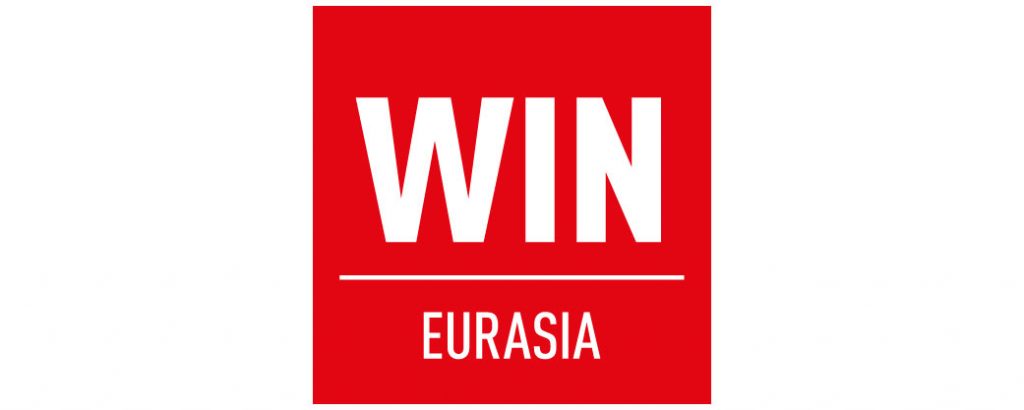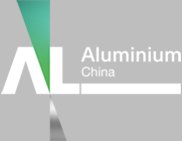Hurco introduced a new range of four driven-tool CNC turning centres at the MACH 2022 exhibition, during which the 8-inch chuck version was exhibited. At the 2024 show last month it was the turn of the 10-inch chuck variant to appear: the TMX10MYSi. All models include a programmable Waxis to position the tailstock or sub-spindle.
The turning centres offer higher specification and performance than the established TMi and TMMi models. Among the major differences are higher power and speed plus a larger, heavier machine frame and the addition of a Yaxis to allow more versatile machining.
Notably, the servo-driven turret carries 12 VDI 40 radial tools rather than axial tools (as on the/TM Mi range). Each station offers a maximum rotational speed of 5000 rpm and a peak output of 6.3 kW at 2190 rpm. Hurco’s control software allows users to take advantage of the manufacturer’s proprietary conversational routines for milling operations, making the package attractive for small-volume production requirements.
Two smaller capacity Hurco CNC lathes with 8-inch chuck capacity were also on show, the TM8i and the TM8Mi with axial driven tools. These latest models have a larger spindle bore than their predecessors, as well as roller guideways and a more compact footprint. As a further point of note, the improved control features concurrent programming, estimated runtime, error check and recovery restart, and enhanced performance during rigid tapping.
For further information www.hurco.co.uk
